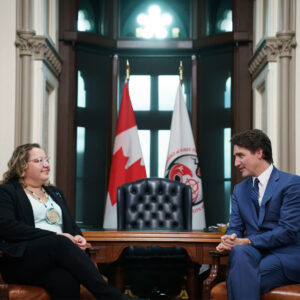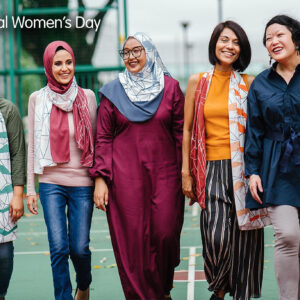TLAHUITOLTEPEC, MEXICO – Two Row Times circulation director Lucho Granados Ceja recently returned from a summit of Indigenous Communications held in Tlahuitoltepec, in the Sierra Mixe, southern Mexico. The summit brought together indigenous communicators from throughout the Western Hemisphere from Argentina to Canada.
Lucho returned with a wealth of encouragement and a new dedication to the importance of indigenous communicators, especially in today’s world of corporate controlled media.
“The summit was a gathering of people who are either Indigenous communicators or are committed to working with indigenous people in support of their struggles in defence of their territories,” says Granados Ceja.
It was the second of such summits in recent years, which was two years in the planning. The first was held in Columbia.
Attracting an estimated 400 participants, the summit was unlike many others in both its scope and its grass roots reality.
“When you hear the word summit, you think of hotels and conference rooms, but no,” he says. “This five day event was held, for the most part, in the open air or under tents in a small community in a region called the Sierra Mixe. The Mixe are from the southern state of Oaxaca.”

“I went on behalf of the work we are doing with the Two Row Times across the bowl with one spoon territory,” said Granados Ceja. It was also an opportunity for him to reconnect with his home country of Mexico and observe what is happening from a Mexican perspective.
“I didn’t know much about our own Indigenous history and for me it was a really great opportunity to go and learn about what’s going on in the field of Indigenous communication all over the continent, to help facilitate an exchange of information, knowledge and processes of doing that work.” he says. “But also, on a personal level, finding out about Indigenous communities in my homeland.”
One of the things they talked was the prophecy of the Eagle and the Condor.
He reports that people put a lot of emphasis on this prophecy as something that represents, hopefully, a shift in terms of the situation of Indigenous people throughout the continent, which is desperately needed.
They also spoke of the similarities of how colonialism has affected Indigenous people throughout the hemisphere, but also the differences.
“Some were surprised to hear about the history of the residential schools, the Indian Act, the policies of attempted extermination and genocide of Onkwehon:we people on behalf of the Canadian state,” says Granados Ceja. “The important issues facing indigenous people everywhere are very similar.”
Where does indigenous communication come in? Granados Ceja says that he learned in a much more profound way how indigenous communications, through the independent media as well as through the social media, helps the preservation of traditional ways of life as well as the preservation of the language, and the defense of territory. He told us that participants spoke of communication as a right that has to be demanded.
Granados Ceja participated in the defense of territory and continental integration working groups, where the role of indigenous communication within these topics was discussed.
“I found that people were excited to hear about what’s happening in various indigenous territories,” he reports. “That there is a militant group of people who are willing to defend the water and the territory in the face of multi-national corporations.”
That is very similar to the Canadian corporations, mining in particular, that are going in and invading indigenous territories both here in Canada and abroad.
“It was very empowering to see all these people talking about communication,” declared Granados Ceja. He spoke of a young woman from Chiapas, Mexico who was born in 1994, the year the EZLN started their uprising. She told everyone, “Going to an event like this fills the soul with energy.”
There was a Bolivian woman there named Susana Pacara who has been doing communication for more than 50 years and has been her motivation and dedication her whole life. “I will never forget this story the rest of my life.” “She said, that in early 2000 in Bolivia there was a lot of conflict on the streets. There was a lot of protest and a lot of oppression. She was there covering it because only her radio station was covering it. The mainstream corporate media would pretend it is not happening and twist and distort the facts. So her coverage was critical in showing what was really happening. While she was there, covering this, she got word from her husband that one of her daughters was terminally ill. She said, ‘I read that letter and I tossed it aside, because my responsibility was to be here to cover this movement.’ And that although it pained her deeply not to go back and be with her daughter, she said, ‘I can go back and bee with my daughter and not help because she will die, or be here and help keep a lot of people alive.’
The last day they all gathered to draft an official declaration.
This was not a talk-shop. “One of the things that impressed me most was that this was gathering to make decisions to actually move forward and to actually follow through on that,” he stated.
Granados Ceja returned home with a much deeper understanding of both the importance of indigenous, independent media, but his own role as an indigenous communicator, “It is not just talking about the indigenous way of life but sometimes it’s a life or death situation.” He added, “In some places in Latin America, where para-militaries are active, if you put up a radio communications tower they will come and find you and tear it down and sometimes break you down. It is very dangerous but people still do it.”
That emphasizes how important the role of communication really is.









Comments are closed.